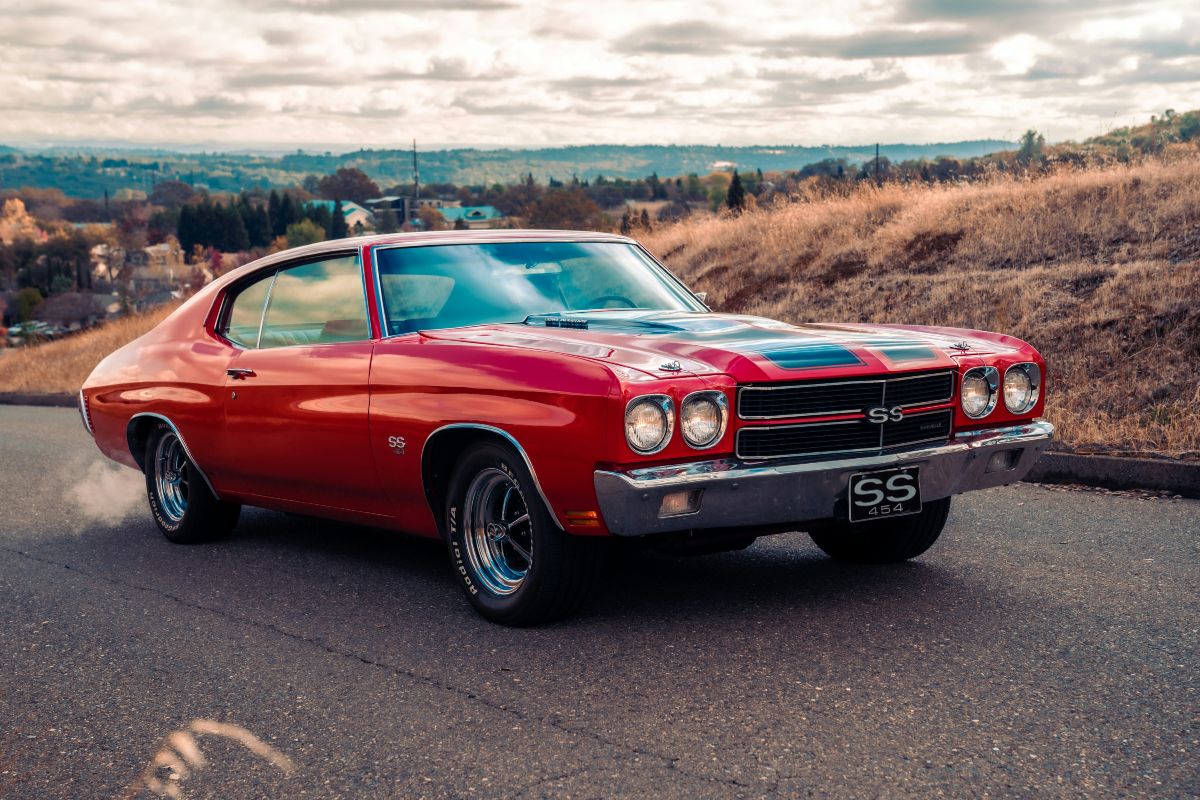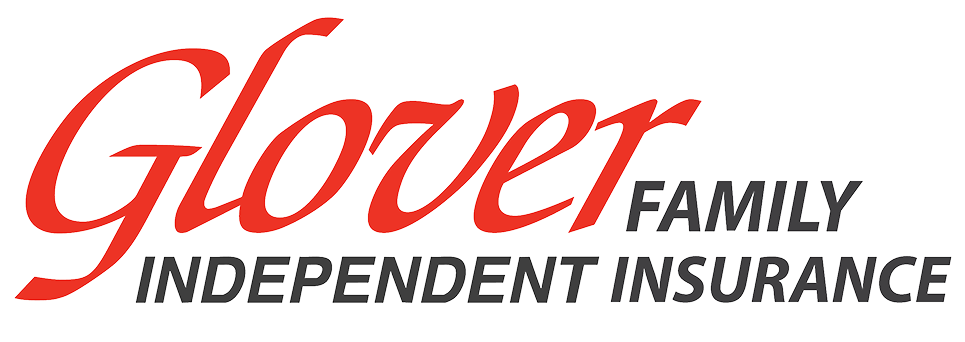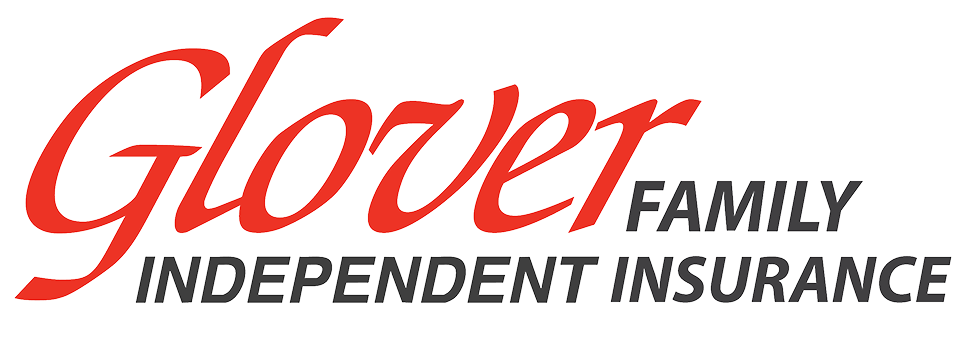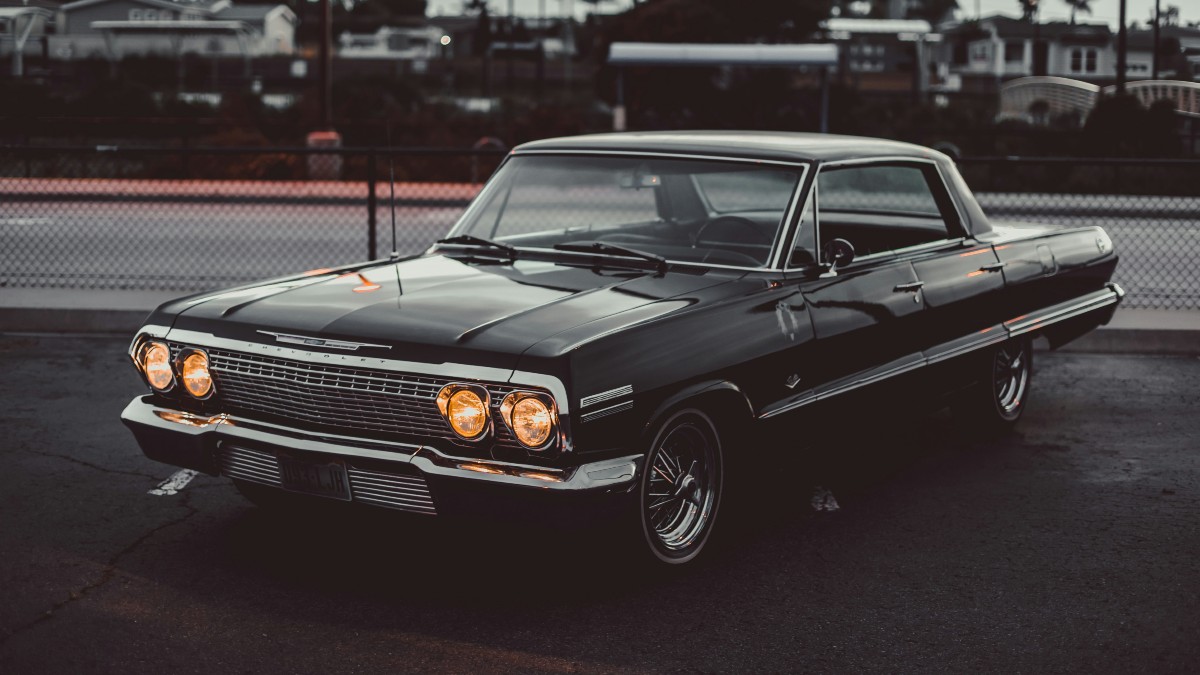There are few things better for an automobile enthusiast than seeing a classic car cruising around town. For the collectors driving them, though, they’re much more than just transportation. Vintage vehicles are an investment, a piece of history and art and, almost always, a labor of love. But the important bit there is that it’s an investment, one that they need to protect, which is where insurance comes into play. Today we’re going to discuss the difference between Agreed Value and Actual Cash Value (ACV) when it comes to coverage for your classic car, so that you know the best route to take to ensure that your investment is protected.

What Is Actual Cash Value?
Let’s first define Actual Cash Value, as it’s typically the standard option for most auto insurance policies. The reimbursement you’re entitled to with ACV coverage is based on the market value of your vehicle at the time of the loss. This factors in things like age, mileage, wear and tear and, of course, depreciation. While this is a fairly reasonable arrangement when you’re insuring a modern vehicle, classic cars typically appreciate rather than depreciate, which means you might end up getting paid much less than your vintage vehicle is actually worth.
To give you an example, let’s say you restored a beautiful 1967 Chevy Impala. You take it to an appraiser and are told it’s worth $40,000, but driving it home an accident results in it being totaled. You file a claim with your insurance provider and are told the ACV payout is only for $15,000. That’s not only significantly less than the actual value of the vehicle, it might not even cover the costs you put into restoration.
What Is Agreed Value?
For classic cars, Agreed Value is typically the way to go if your insurer is willing to work with you. With Agreed Value coverage, you and your provider mutually decide on what the vehicle’s value is at the time of acquiring your policy. If your vehicle is totaled or even stolen, you’ll be reimbursed for the full agreed-upon amount no matter what else has happened. No considerations are made for depreciation or the other things we mentioned.
Using our previous example, instead of only receiving $15,000 after the accident you would receive the full $40,000, assuming that was the value you and your provider agreed upon. This is a great option because it takes into account all of your restoration work, any aftermarket parts you’ve installed as well as the collector significance, all of which might not be taken into account with ACV policy.

Why Agreed Value Makes Sense for Classic Cars
Whether you’re looking to preserve automotive history, to hit the car show circuit or you simply enjoy the process of restoration, Agreed Value coverage puts you in control of what your vehicle is actually worth. It should be clear that this type of policy makes the most sense when insuring classic cars, but we’ll give you a few more specific reasons why it’s typically the better option:
- Guaranteed protection for the full insured value
- Better alignment with appraisal values and restoration investments
- No surprise depreciation calculations after a claim
- Flexible updates to your policy if your car's value increases
However, it is important to understand that you’re going to have to provide some things to your insurer in order for them to even consider giving you an Agreed Value policy. The most important thing you can do is get a formal appraisal or market valuation, but you’re going to want to make sure to keep accurate documentation of all upgrades and restoration work as well. In some cases, you may have to agree to limited mileage constraints or specific storage requirements, but you probably won’t have a problem with those things as it is a classic car after all.
If you have any further questions about these two types of classic car coverage, don’t hesitate to get in touch with us right here at Glover Family Independent Insurance. Likewise, if you’d like to discuss coverage options further, we’d be happy to chat. We look forward to hearing from you!


